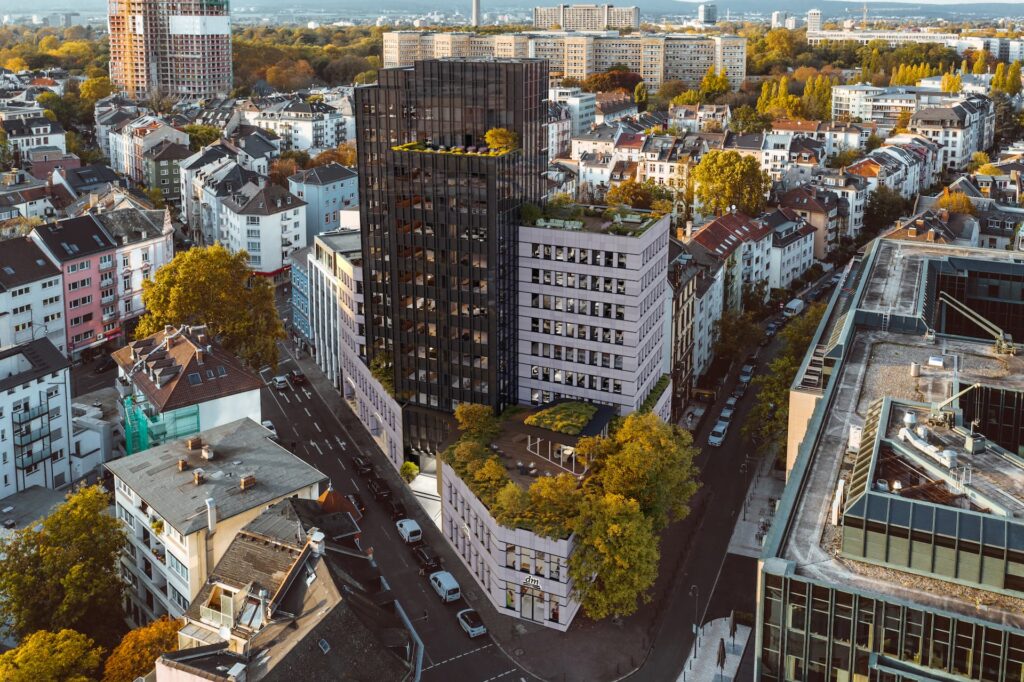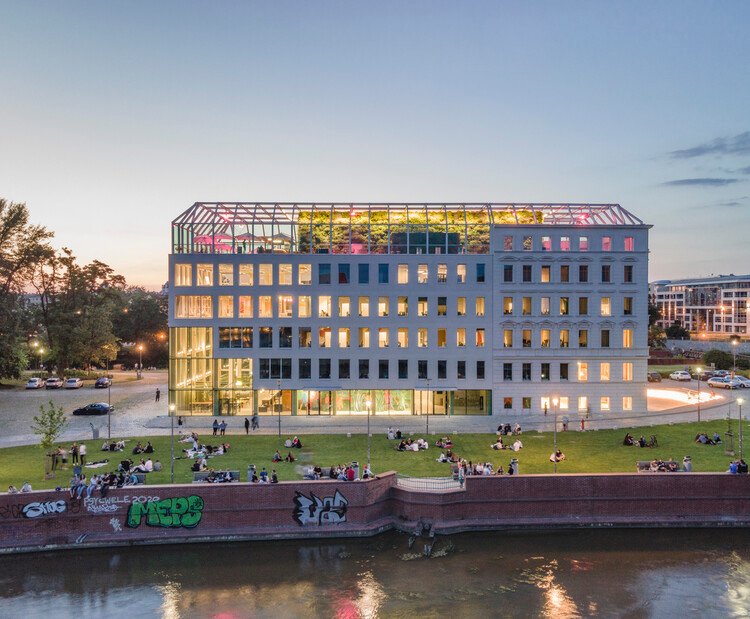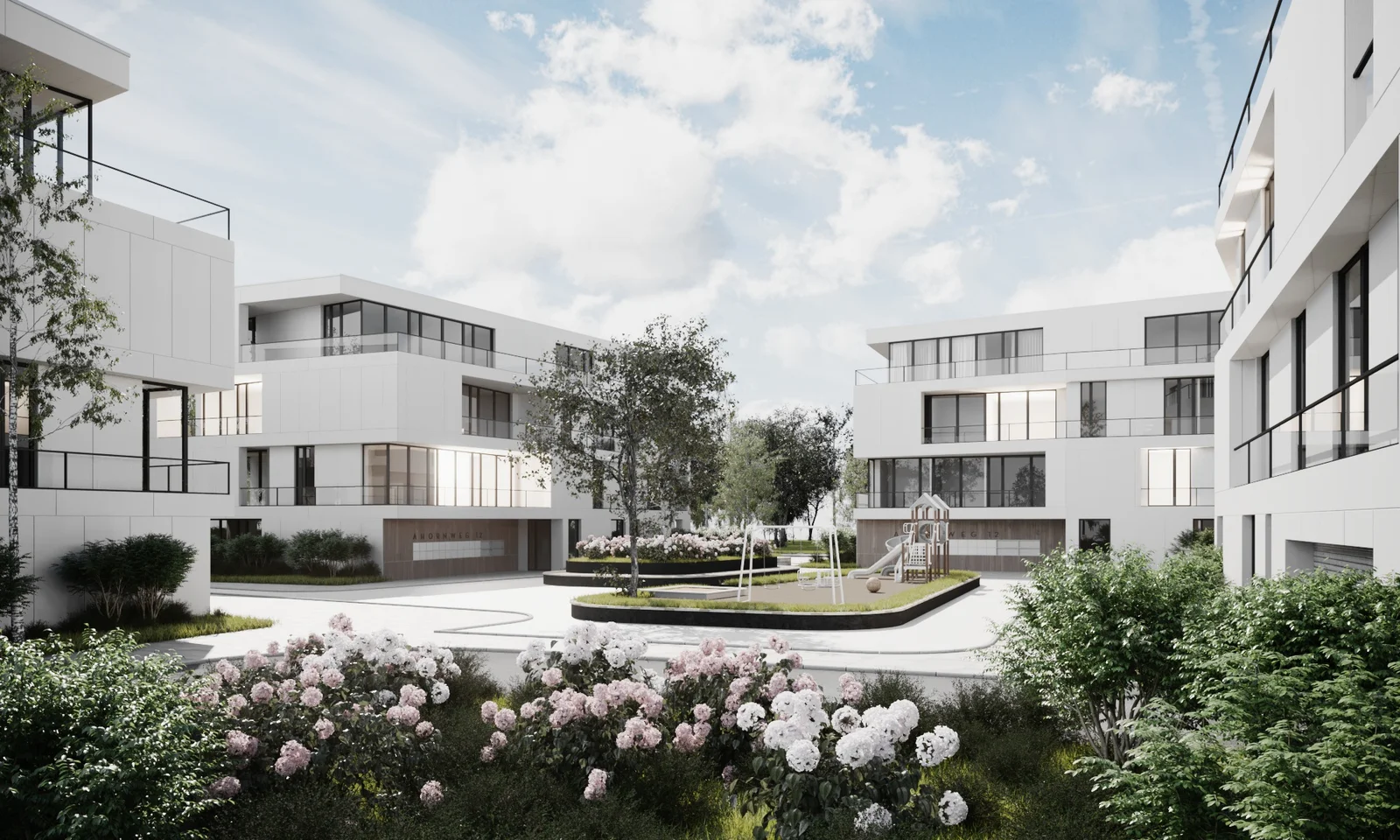The Evolution of Architectural Visualization with AI
Architecture has always been a field where technology and art converge, leading to spectacular creations that stand as testament to human ingenuity. One of the most significant advancements in recent times has been the introduction and integration of Artificial Intelligence (AI) in architectural visualization. This has revolutionized the way architects, designers, and clients visualize and understand designs before they come to life.
The Dawn of AI in Architectural Visualization
The integration of AI into architectural visualization can be traced back to the early 21st century, when computer-aided design (CAD) began to replace manual drafting. This transition opened up new possibilities for automating and optimizing design processes, laying the groundwork for the introduction of AI.
The Early Stages of AI in Architecture
Artificial Intelligence initially made its way into architecture through rudimentary applications that automated simple tasks. These included generating basic 3D models from sketches and optimizing space utilization in floor plans. While these applications were limited in their capabilities, they demonstrated the potential of AI in architectural visualization, paving the way for more sophisticated applications.
The Rise of Generative Design
A significant breakthrough in the application of AI in architecture came with the advent of generative design. This involves using AI algorithms to generate design options based on predefined parameters, such as the size of the plot, the number of rooms, or the orientation of the building. This enables architects to explore a vast array of design possibilities, helping them to create more innovative and efficient designs.
The Impact of AI on Architectural Visualization
Enhanced Accuracy and Efficiency with AI
The evolution of architectural visualization with AI has significantly enhanced the accuracy and efficiency of design processes. By integrating AI algorithms, architects can generate detailed and precise visualizations in a fraction of the time it would take using traditional methods. Moreover, AI can help identify and correct potential design errors before they become costly problems.
AI tools can analyze vast amounts of data and consider various factors such as structural integrity, material properties, environmental conditions, and local building codes. By doing so, AI can assist architects in making informed decisions that not only improve the design but also ensure safety and compliance with regulations.
Advanced 3D Modelling and Simulation
AI-powered architectural visualization has introduced advanced 3D modelling and simulation capabilities into the field. These tools can create highly realistic and immersive models that allow architects, clients, and stakeholders to visualize the final product before construction begins.
For instance, AI can incorporate real-world elements like sunlight, shadows, reflections, and textures into the models, providing a comprehensive understanding of how the design would interact with its environment. It can also simulate different scenarios such as weather conditions or time of day, giving a dynamic perspective of the design.
The Future of Architectural Visualization with AI
Autonomous Design and Generative AI
The future of architectural visualization with AI lies in autonomous design and generative AI. These technologies can automatically generate design proposals based on specific input parameters. For example, generative AI can create numerous design variations that meet the given criteria, such as square footage, number of rooms, or architectural style. This not only saves time but also enables architects to explore a wide range of design possibilities.
Moreover, AI can learn from previous designs and iteratively improve upon them, leading to progressively better design outcomes. This self-learning capability can potentially revolutionize the architectural design process, making it more efficient, creative, and responsive to client needs.
Virtual Reality and Augmented Reality in Architectural Visualization
AI is set to further transform architectural visualization through the integration of Virtual Reality (VR) and Augmented Reality (AR). These technologies can render highly immersive and interactive visualizations, enabling architects and clients to virtually walk through the design and experience it from different perspectives.
AI can enhance these VR and AR experiences by providing real-time updates and modifications based on user feedback. This interactive and immersive approach can significantly improve the design review and approval process, making architectural visualization more engaging and client-centric.
In conclusion, the evolution of architectural visualization with AI is revolutionizing the architectural industry, making it more efficient, accurate, and innovative. As AI technologies continue to evolve, we can expect to see even more exciting developments in architectural visualization in the future.In conclusion, the evolution of architectural visualization with AI has not only revolutionized the way architects and designers approach their work, but also significantly enhanced the overall architectural experience. From conceptualizing ideas to finalizing designs, AI has amplified the level of precision, efficiency and creativity in architectural visualization. It enables architects to provide more engaging, immersive and interactive experiences to clients, transforming their visions into virtual reality. As AI technology continues to evolve and mature, we can expect even more groundbreaking advancements in architectural visualization, blurring the lines between imagination and reality. The future of architectural visualization with AI is certainly promising and holds endless possibilities.







